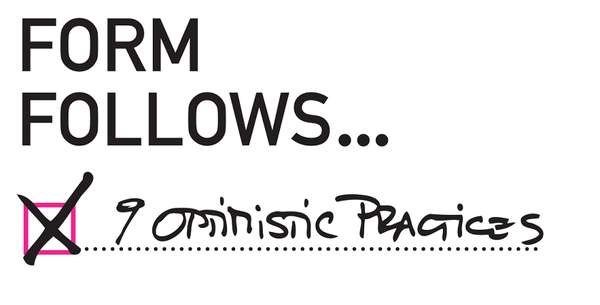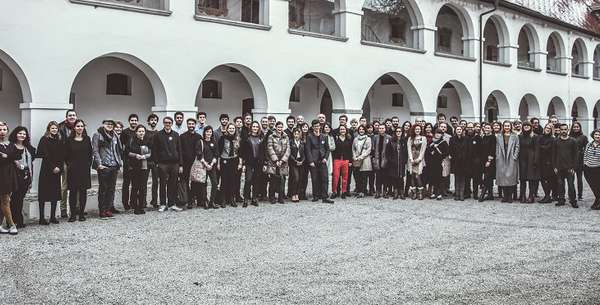Idea by
Jack Self
Call for ideas 2016
The Ingot
The Ingot

The Ingot is a 350m gold-plated tower sited next to London Bridge, and designed to house low-paid, precarious workers.
It is the product of a complex financial algorithm that manipulates conditions of debt (space, time, money) to provide ultra-durable, high-quality and inexpensive housing. It is funded by a 50-year bond mechanism, which suggests that if the influx of global capital into London property cannot be stopped it might be redirected in such a manner as to flip the supply-demand shortage. Subsequent trading of these bonds in a secondary market permits the division of the financial form of the building from its social function, and serves as the first example of what might be called "Derivative Architecture."
The Ingot attempts to use the fiscal tools of neoliberalism in order to weaken this profoundly immoral wealth redistribution imperative. The project is the core of "Real Estates" (Bedford Press, 2014) a best-selling book from the AA.

The Ingot, so named for it's design that separates dwelling from asset.
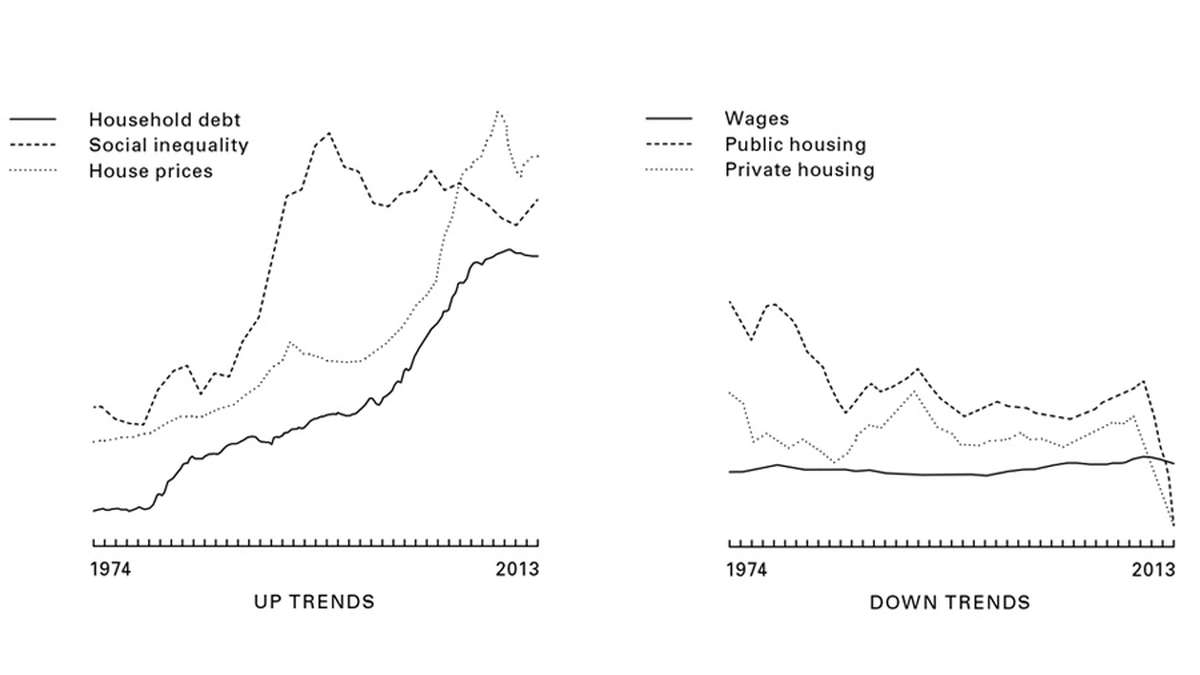
These graphs explain how property and private ownership have been used over the last forty years to drive social inequality and a debt economy.
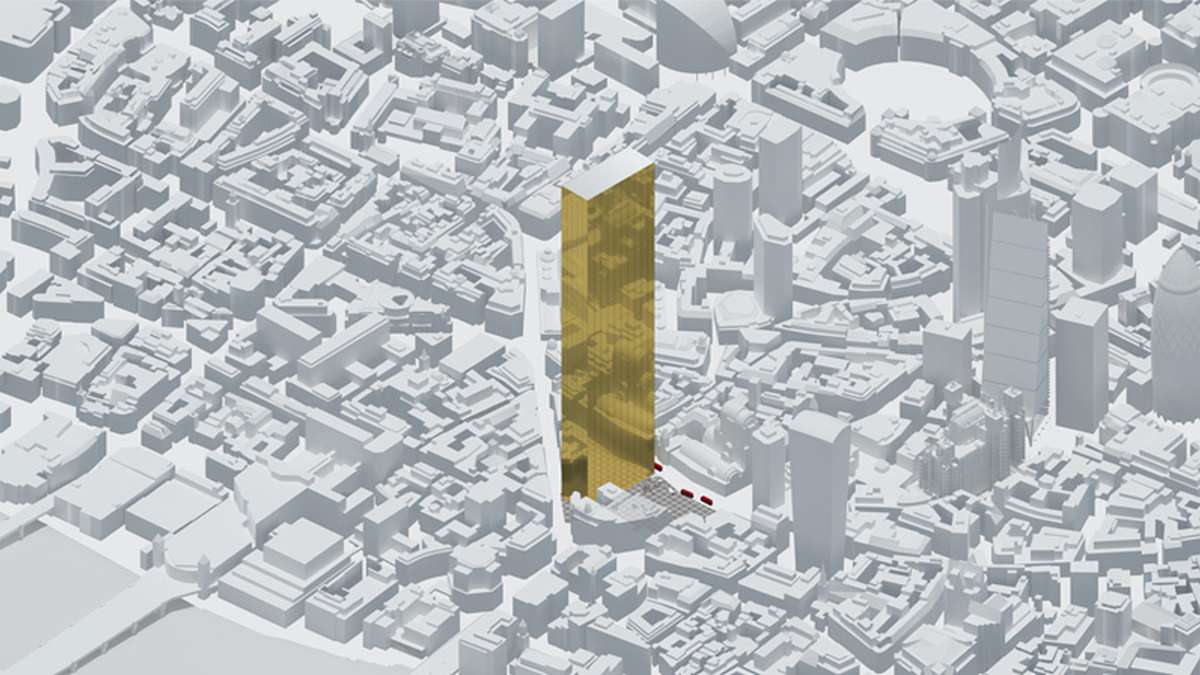
Amongst the City of London.
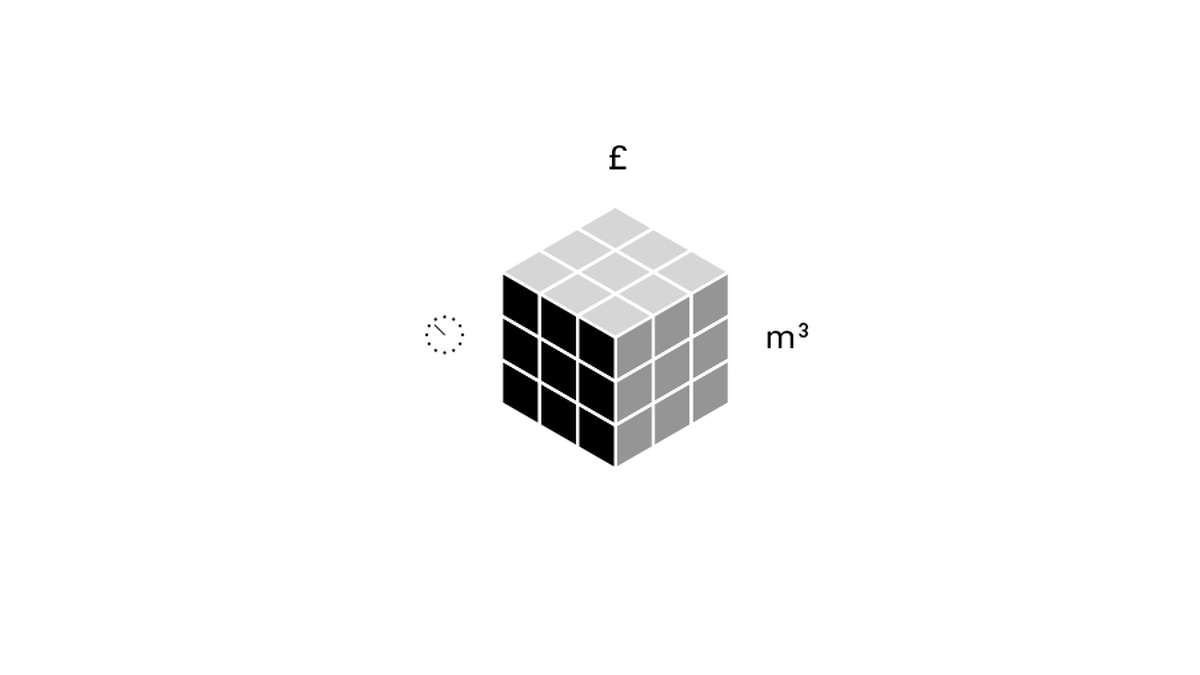
The manipulation of time, space and money as design parameters suggests that parametricism is most useful as a non-formal, social tool.
The Ingot
The Ingot

The Ingot is a 350m gold-plated tower sited next to London Bridge, and designed to house low-paid, precarious workers.
It is the product of a complex financial algorithm that manipulates conditions of debt (space, time, money) to provide ultra-durable, high-quality and inexpensive housing. It is funded by a 50-year bond mechanism, which suggests that if the influx of global capital into London property cannot be stopped it might be redirected in such a manner as to flip the supply-demand shortage. Subsequent trading of these bonds in a secondary market permits the division of the financial form of the building from its social function, and serves as the first example of what might be called "Derivative Architecture."
The Ingot attempts to use the fiscal tools of neoliberalism in order to weaken this profoundly immoral wealth redistribution imperative. The project is the core of "Real Estates" (Bedford Press, 2014) a best-selling book from the AA.

The Ingot, so named for it's design that separates dwelling from asset.
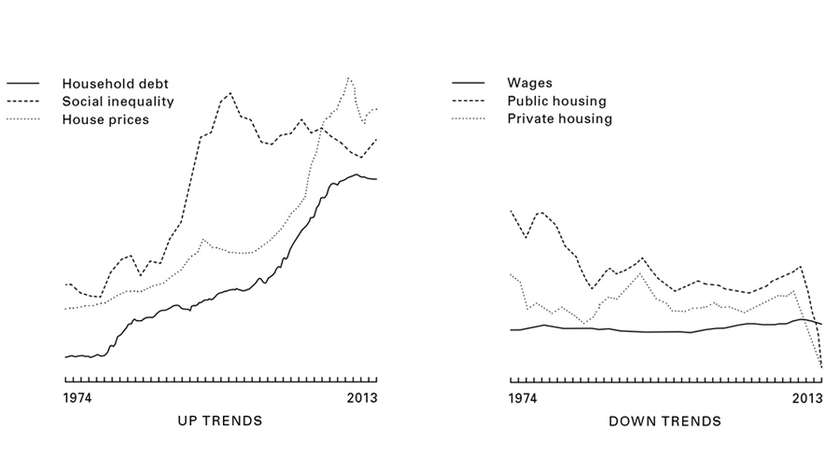
These graphs explain how property and private ownership have been used over the last forty years to drive social inequality and a debt economy.
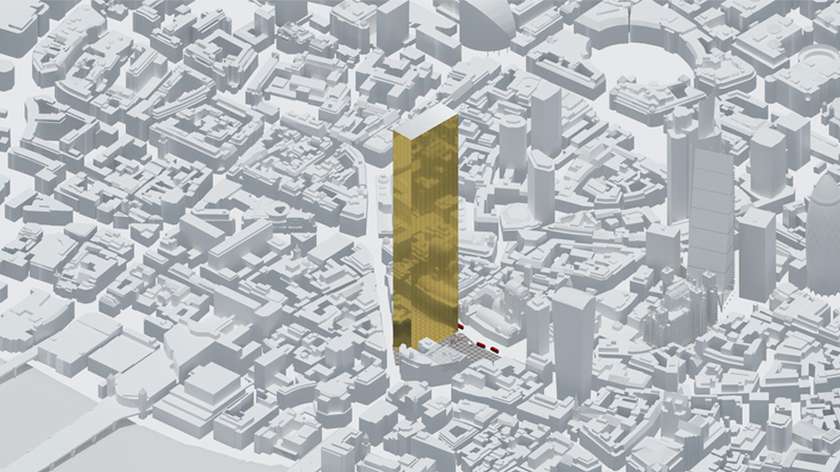
Amongst the City of London.
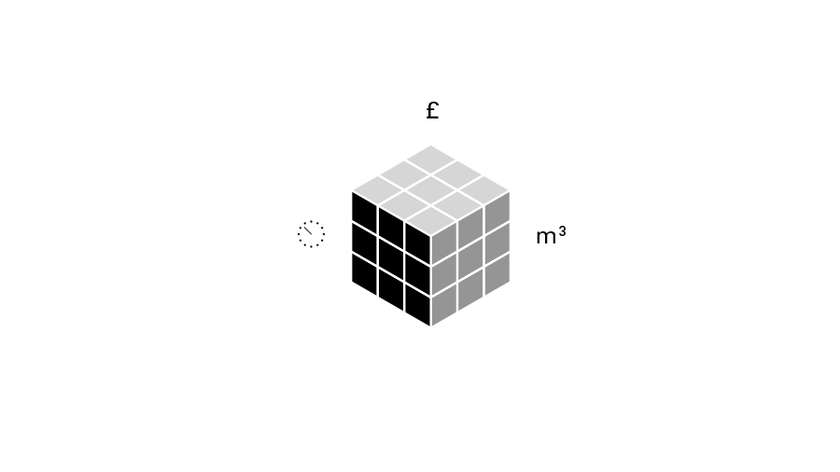
The manipulation of time, space and money as design parameters suggests that parametricism is most useful as a non-formal, social tool.



